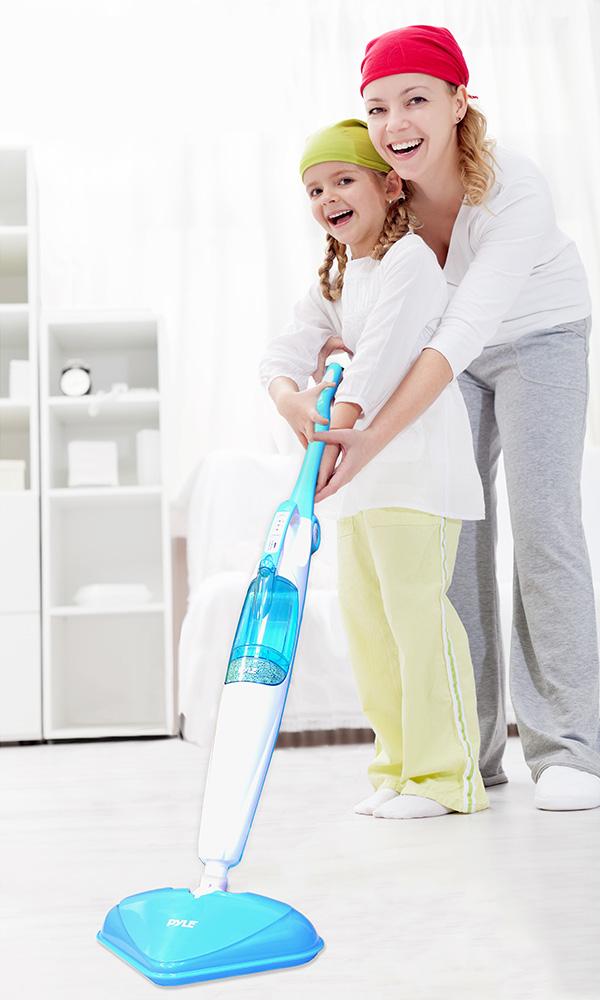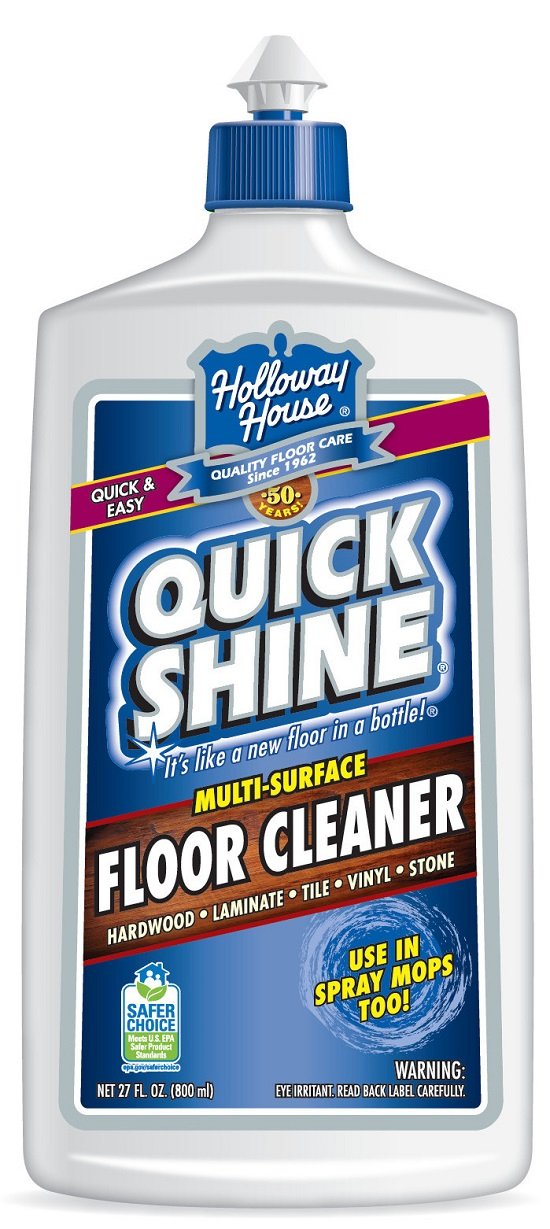Housekeeping refers to the management of duties and chores involved in the running of a household, such as cleaning, cooking, home maintenance, shopping, laundry and bill pay. These tasks may be performed by any of the household members, or by other persons hired to perform these tasks. The term is also used to refer to the money allocated for such use. By extension, an office or organization, as well as the maintenance of computer storage systems.
A housekeeper is a person employed to manage a household, and the domestic staff. According to the Victorian Era Mrs Beeton's Book of Household Management, the housekeeper is second in command in the house and "except in large establishments, where there is a house steward, the housekeeper must consider his/herself as the immediate representative of her mistress".

Housecleaning
It includes activities such as housecleaning, that is, disposing of rubbish, cleaning dirty surfaces, dusting and vacuuming. It may also involve some outdoor chores, such as removing leaves from rain gutters, washing windows and sweeping doormats. The term housecleaning is often used also figuratively in politics and business, for the removal of unwanted personnel, methods or policies in an effort at reform or improvement.
Housecleaning is done to make the home look and smell better and be safer and easier to live in. Without housecleaning lime scale can build up on taps, mold grows in wet areas, smudges on glass surfaces, dust forms on surfaces, bacterial action make the garbage disposal and toilet smell and cobwebs accumulate. Tools used in housecleaning include vacuums, brooms, mops and sponges, together with cleaning products such as detergents, disinfectants and bleach.
Removal of litter
Disposal of rubbish is an important aspect of house cleaning. Plastic bags are designed and manufactured specifically for the collection of litter. Many are sized to fit common waste baskets and trash cans. Paper bags are made to carry aluminum cans, glass jars and other things although most people use plastic bins for glass since it could break and tear through the bag. Recycling is possible with some kinds of litter.
Dusting
Over time dust accumulates on household surfaces. As well as making the surfaces dirty, when dust is disturbed it can become suspended in the air, causing sneezing and breathing trouble. It can also transfer from furniture to clothing, making it unclean. Various tools have been invented for dust removal; Feather and lamb's wool dusters, cotton and polyester dust cloths, furniture spray [1], disposable paper "dust cloths", dust mops for smooth floors and vacuum cleaners. Vacuum cleaners often have a variety of tools to enable them to remove dirt not just from carpets and rugs, but from hard surfaces and upholstery.
Removal of dirt
Examples of dirt or "soil" are detritus and common spills and stains that exists in the home. Equipment used with a cleaner might be a bucket and sponge or a rag. A modern tool is the spray bottle, but the principle is the same.
Household chemicals
Various household cleaning products have been developed to facilitate the removal of dust and dirt, for surface maintenance, and for disinfection. Products are available in powder, liquid or spray form. The basic ingredients determine the type of cleaning tasks for which they are suitable. Some are packaged as general purpose cleaning materials while others are targeted at specific cleaning tasks such as drain clearing, oven cleaning, lime scale removal and polishing furniture. Household cleaning products provide aesthetic and hygiene benefits but are also associated with health risks for the users, and building occupants. The US Department of Health and Human Services offers the public access to the Household Products Database. This database provides consumer information for over 4,000 products based on information provided by the manufacturer through the material safety data sheet.
Surfactants lower the surface tension of water, making it able to flow into smaller tiny cracks and crevices in soils making removal easier. Alkaline chemicals break down known soils such as grease and mud. Acids break down soils such as lime scale, soap scum, and stains of mustard, coffee, tea, and alcoholic beverages. Some solvent-based products are flammable and some can dissolve paint and varnish. Disinfectants stop smell and stains caused by bacteria.
When multiple chemicals are applied to the same surface without full removal of the earlier substance, the chemicals may interact. This interaction may result in a reduction of the efficiency of the chemicals applied (such as a change in pH value caused by mixing alkalis and acids) and in cases may even emit toxic fumes. An example of this is the mixing of ammonia-based cleaners (or acid-based cleaners) and bleach. This causes the production of chloramines that volatilize (become gaseous) causing acute inflammation of the lungs (toxic pneumonitis), long-term respiratory damage, and potential death.
Residue from cleaning products and cleaning activity (dusting, vacuuming, sweeping) have been shown to impact indoor air quality (IAQ) by redistributing particulate matter (dust, dirt, human skin cells, organic matter, animal dander, particles from combustion, fibers from insulation, pollen, and polycyclic aromatic hydrocarbons) that gaseous or liquid particles become adsorbed to. The particulate matter and chemical residual will of be highest concentrations right after cleaning but will decrease over time depending upon levels of contaminants, air exchange rate, and other sources of chemical residual. Of most concern are the family of chemicals called VOCs such as formaldehyde, toluene, and limonene.
Volatile organic compounds (VOCs) are released from many household cleaning products such as disinfectants, polishes, floor waxes, air-freshening sprays, all purpose cleaning sprays, and glass cleaner. These products have been shown to emit irritating vapors. VOCs are of most concern due to their tendency to evaporate and be inhaled into the lungs or adsorbed to existing dust, which can also be inhaled. It has been found that aerosolized (spray) cleaning products are important risk factors and may aggravate symptoms of adult asthma, respiratory irritation, childhood asthma, wheeze, bronchitis, and allergy.
Other modes of exposure to potentially harmful household cleaning chemicals include absorption through the skin (dermis), accidental ingestion, and accidental splashing into the eyes. Products for the application and safe use of the chemicals are also available, such as nylon scrub sponge and rubber gloves. It is up to the consumer to keep themselves safe while using these chemicals. Reading and comprehending the labels is important.
Chemicals used for cleaning toilet, sinks, and bathtubs can find their way into our sewage water and can often not be effectively removed or filtered. Toxic Chemicals
There is a growing consumer and governmental interest in natural cleaning products and green cleaning methods. The use of nontoxic household chemicals is growing as consumers become more informed of the health effects of many household chemicals, and municipalities are having to deal with the expensive disposal of household hazardous waste (HHW).
Tools
Brooms remove debris from floors and dustpans carry dust and debris swept into them, buckets hold cleaning and rinsing solutions, vacuum cleaners and carpet sweepers remove surface dust and debris, chamois leather and squeegees are used for window-cleaning, and mops are used for washing floors. Protective gear including rubber gloves, face covers, and protective eyewear is also used when dealing with cleaning products.
Yard
A home's yard and exterior are sometimes subject to cleaning. Exterior cleaning also occurs for safety, upkeep and usefulness. It includes removal of paper litter and grass growing in sidewalk cracks.
Deep Cleaning House Services Video
House chores
House chores, or chores are components of housekeeping, and are usually in reference to specific tasks to be completed. Examples of house chores are: washing dishes; taking out trash after dinner.

Social significance
While housekeeping can be seen as an objective activity that can be done by either men or women, some people have argued that housekeeping is a site of historical oppression and gender division between traditionally gendered men and women. Housekeeping also has a role in maintaining certain parts of the capitalist economy, including the division of home and work life, as well as industries that sell chemicals and household goods.
A survey conducted by the U.S. Bureau of Labor Statistics in 2014 came to the result that approximately 43 percent of men did food preparation or cleanup on any given day, compared with approximately 70 percent of women. In addition, 20 percent of men did housekeeping chores (including cleaning and laundry) on any given day, compared to approximately 50 percent of women.
Are You Looking for Products
Here some products related to "Housekeeping".
Lysol Professional Disinf..
Colgate Total Advanced De..
Amazon.com - Pyle PSTM40 ..
Amazon.com - Quick Shine ..
Get these at Amazon.com* amzn.to is official short URL for Amazon.com, provided by Bitly
Source of the article : here






EmoticonEmoticon